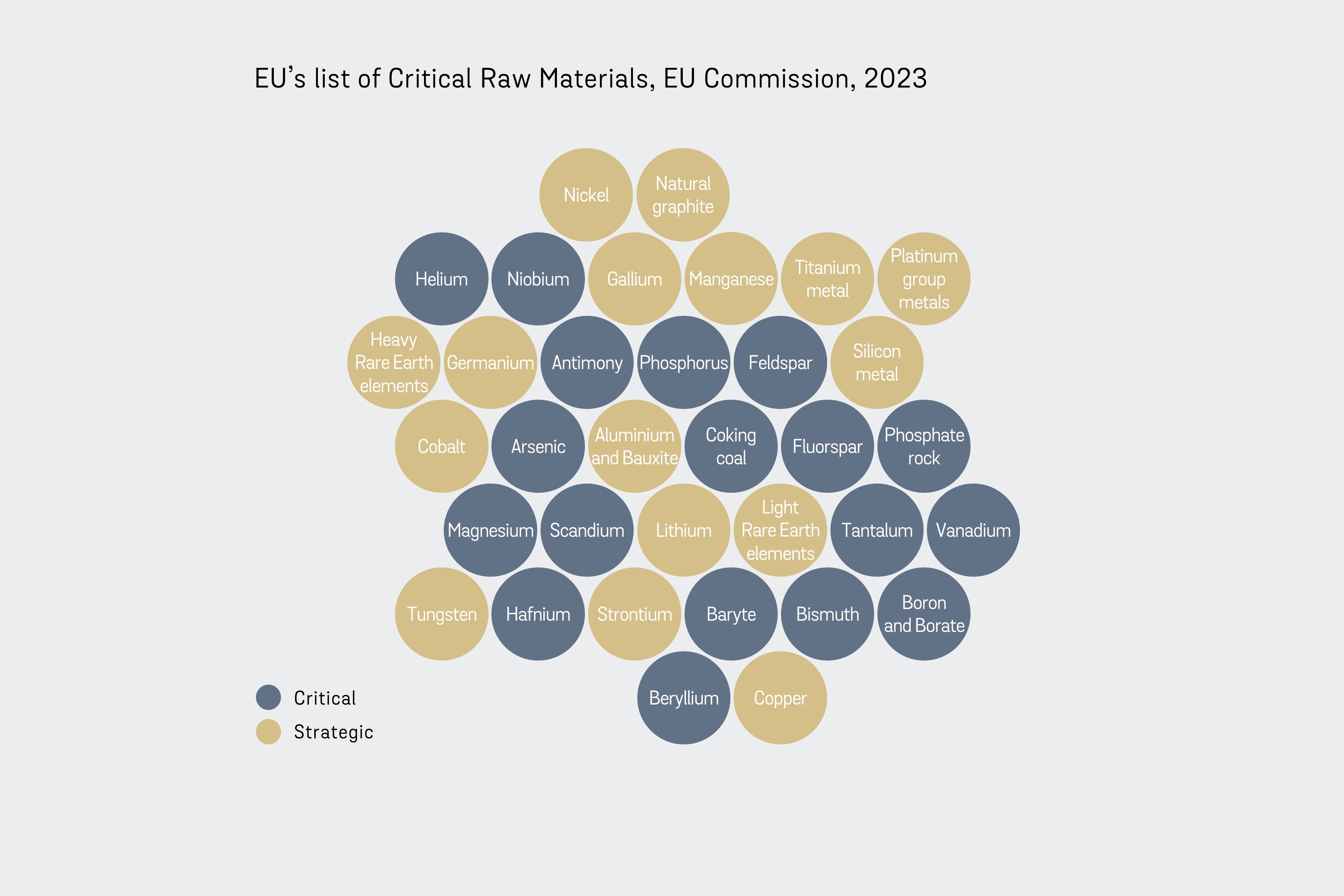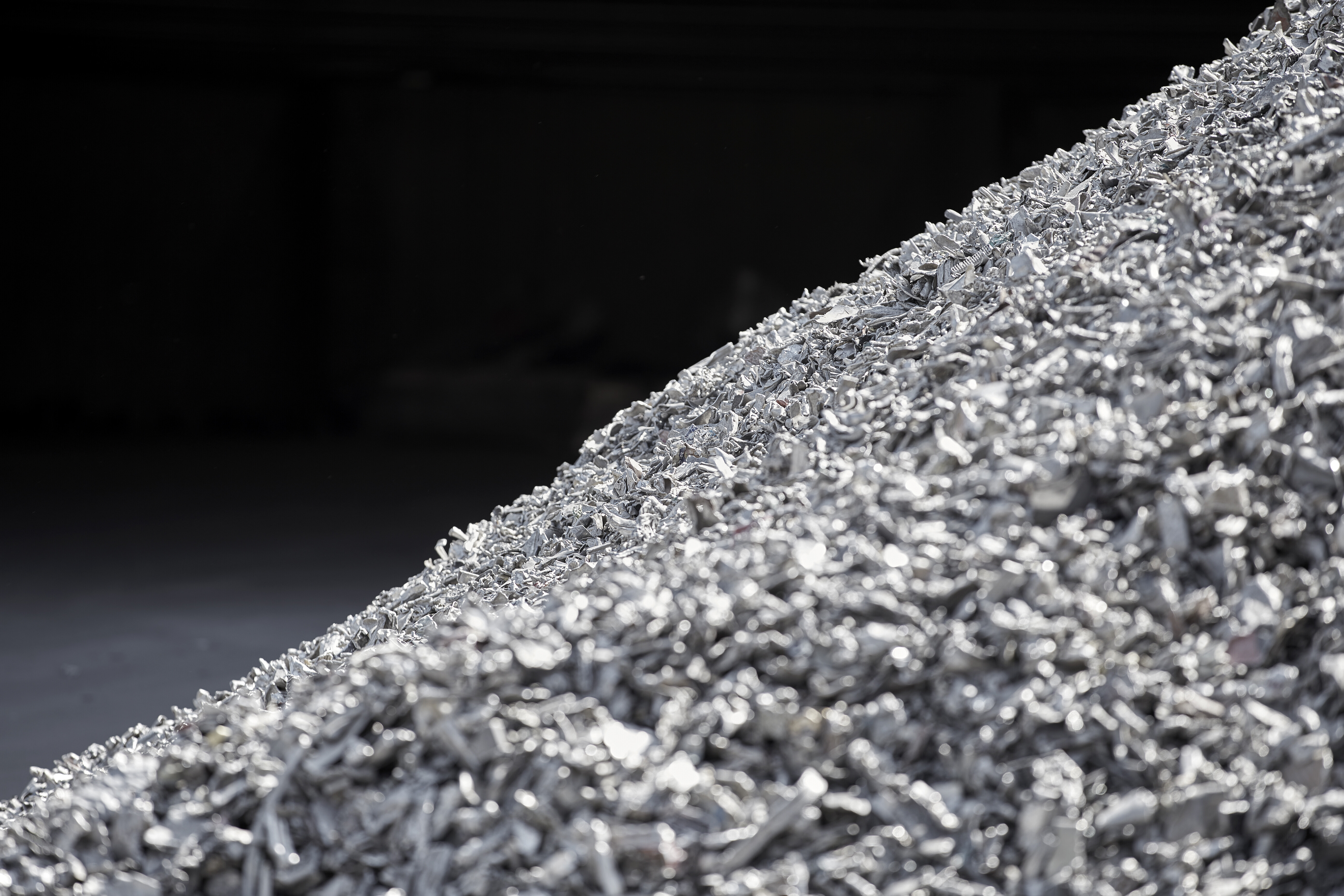Tangible actions businesses can take to build a resilient and sustainable CRM Strategy
Fortunately, the CRM recycling challenges can be tackled by adopting the right strategies and frameworks. Drawing on decades of experience in the recycling industry and insights from product design and recycling projects, we have identified four actionable strategies for companies to integrate circularity across the lifecycle and meet regulatory targets.
Action 1 - Promote scalable recycling technologies
Investing resources—money, knowledge, time, and expertise—in advanced recycling technologies is critical to improving CRM recovery rates, increasing volumes, and enhancing the quality of recycled materials for high-tech applications. Emerging technologies such as hydrometallurgical processing, electrochemical recycling, pyrolysis, and bio-metallurgy show great promise in increasing recycling efficiency and addressing the challenges of downcycling. For instance, hydrometallurgical processes can achieve recovery rates of up to 95% for cobalt, manganese, and nickel from EV batteries. China's recycling ecosystem is notably advanced; e.g., Zhejiang Huayou Cobalt have developed extensive recycling operations, including hydrometallurgical techniques, to reclaim valuable metals from spent batteries. These efforts should not be limited to EoL products (post-consumer waste) but must also include pre-consumer waste from production, which often represents a significant portion of material feedstock for recycling.
Action 2 - Design for recycling
OEMs can accelerate the adoption of new technologies and reduce recycling costs by incorporating recyclability into product design from the outset. This includes innovative designs that facilitate easier collection (e.g., traceability systems) and material recovery processes such as disassembly, separation, and refining of CRMs. Special attention should also be given to integrating recycled materials into product designs to address the challenges of downcycling. Investing in R&D is a critical first step, with a focus on retaining valuable CRMs within supply chains, ensuring regulatory compliance, and enhancing long-term competitiveness.
Action 3 - Forge strategic partnerships
Collaboration is not just a recommendation but a necessity for advancing the secondary CRM journey. Partnerships across the value chain shall address capability gaps and support developing shared solutions, such as identifying CRM-rich waste streams, implementing take-back systems, and co-developing recycling technologies. Partnerships with industry peers, recyclers, and regulators can take the form of, e.g., discussion forums, material traceability systems, research projects, or data exchange platforms. The ultimate goals are to improve collection rates, optimize recyclability (maximize recovery), and tackle downcycling challenges (maximize quality) for secondary CRMs.
Action 4 - Leverage economic and regulatory opportunities
Finally, businesses must thoroughly understand current legislation (i.e., CRM Act, ESPR,New battery regulation) by actively monitoring the regulatory landscape and analyzing its impact. Equally important is preparing for future legislation (i.e., ELV regulation and an updated WEEE directive) by staying ahead of emerging trends and incorporating anticipated compliance requirements into their strategies. Proactively adapting to evolving policies enables businesses to mitigate risks, maintain a competitive edge, and seize new opportunities.







